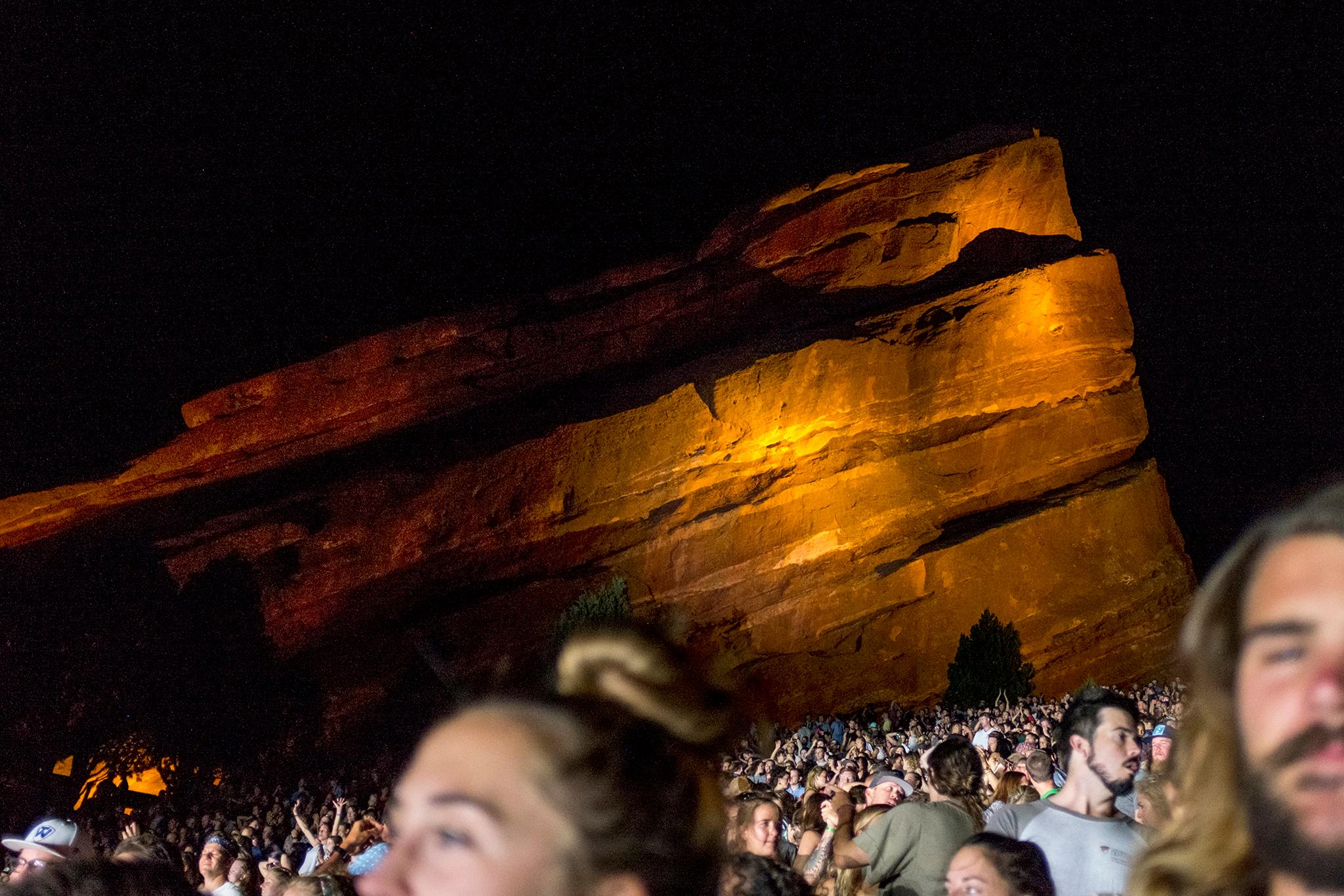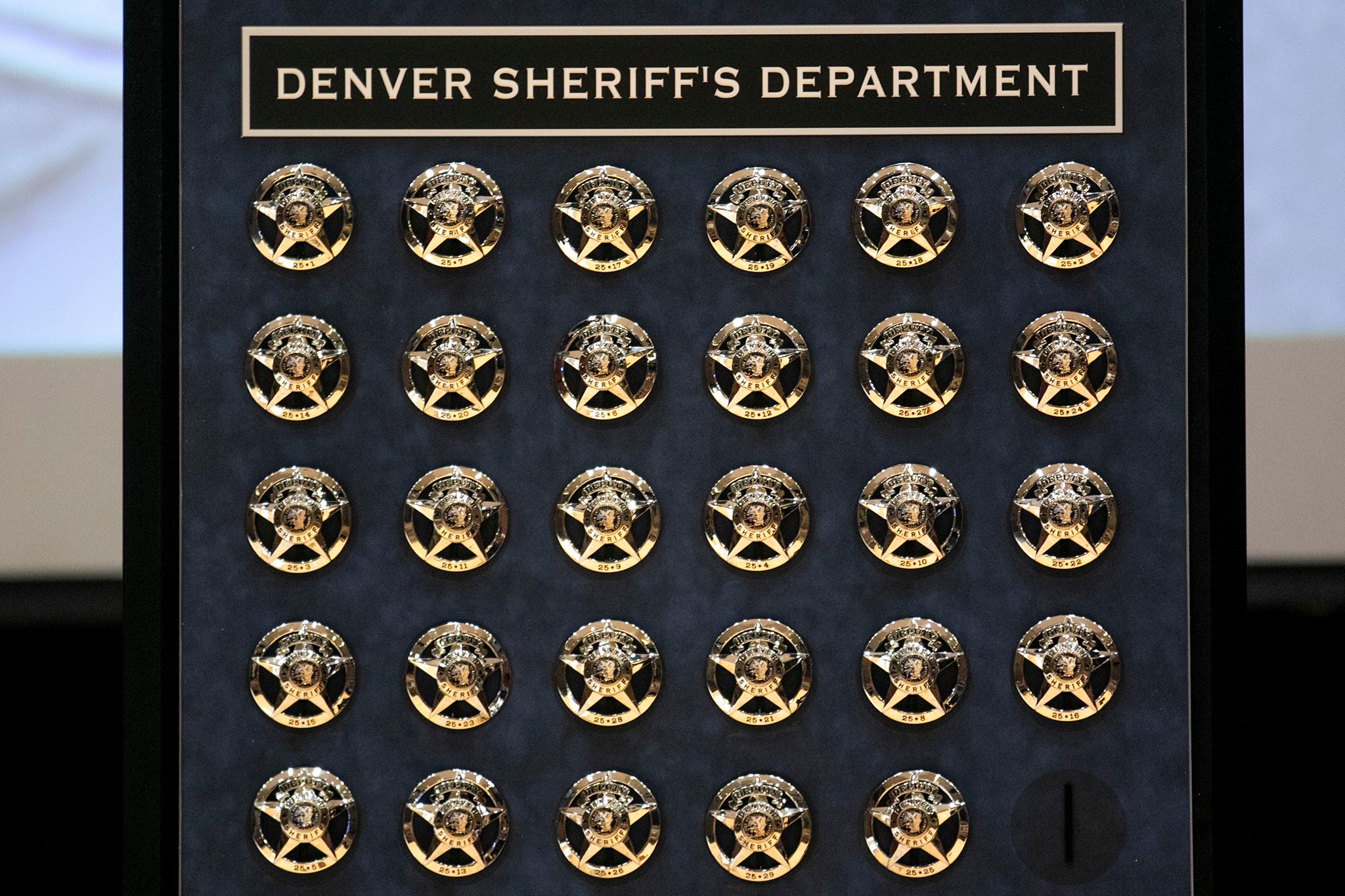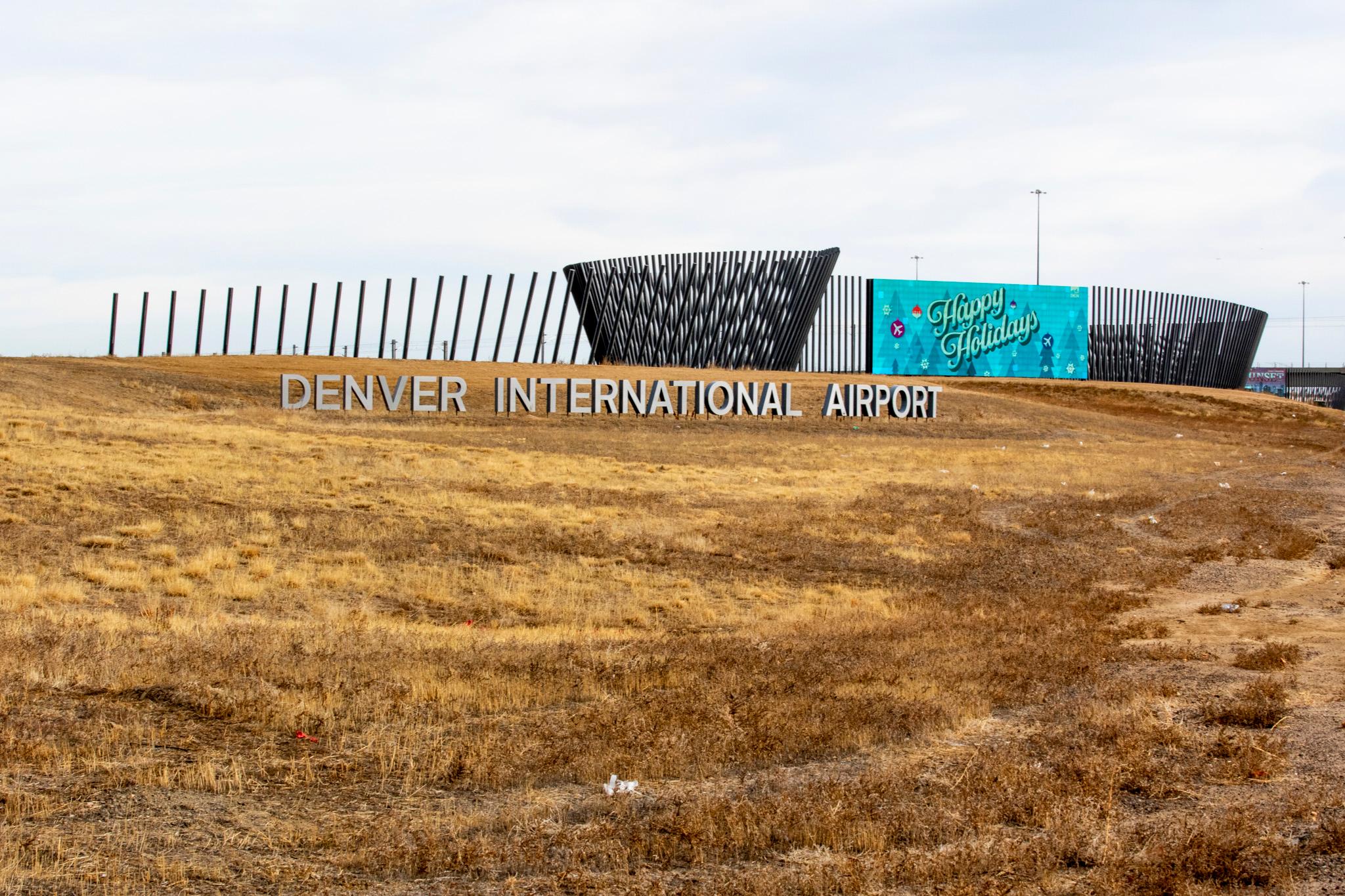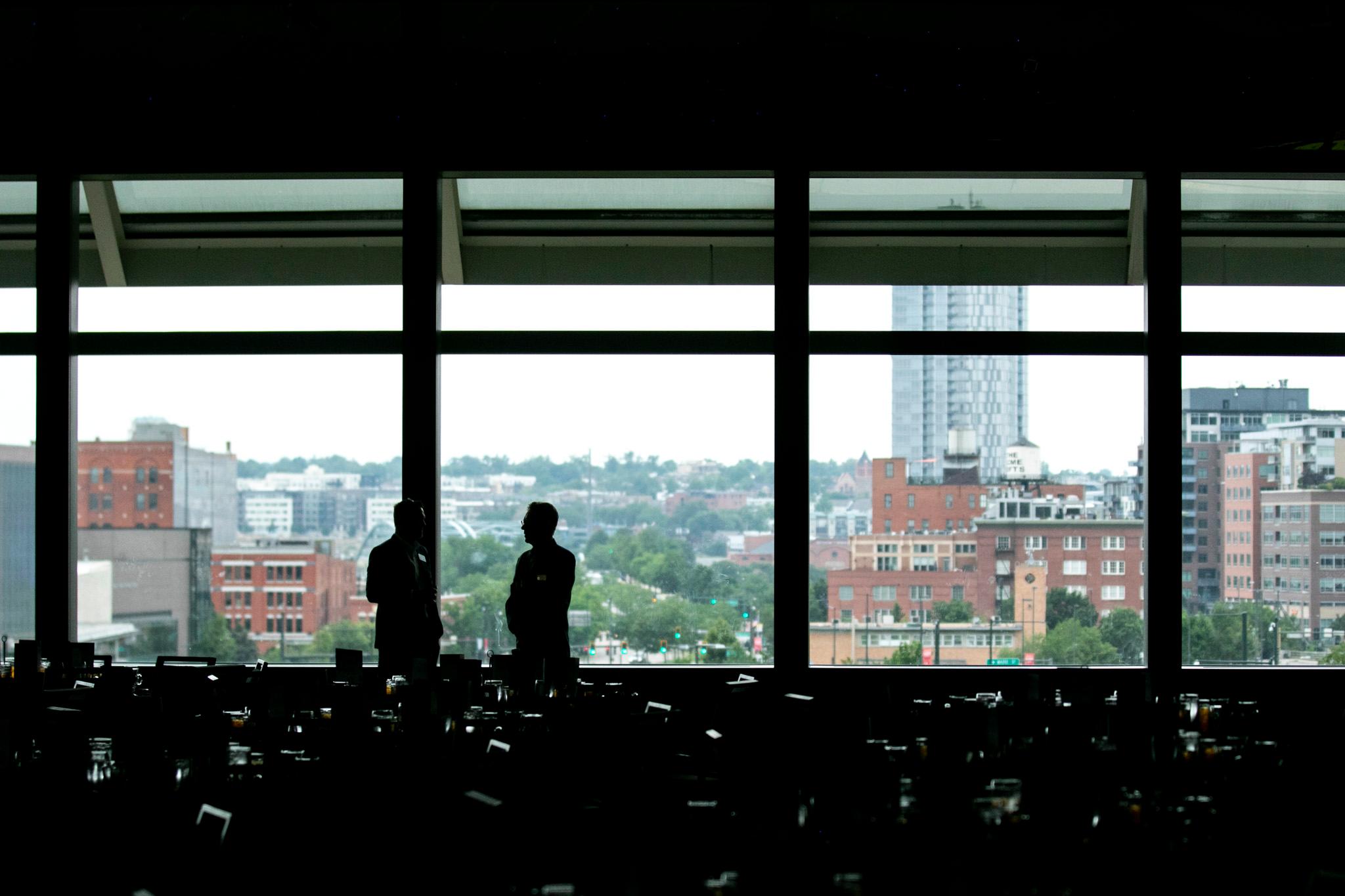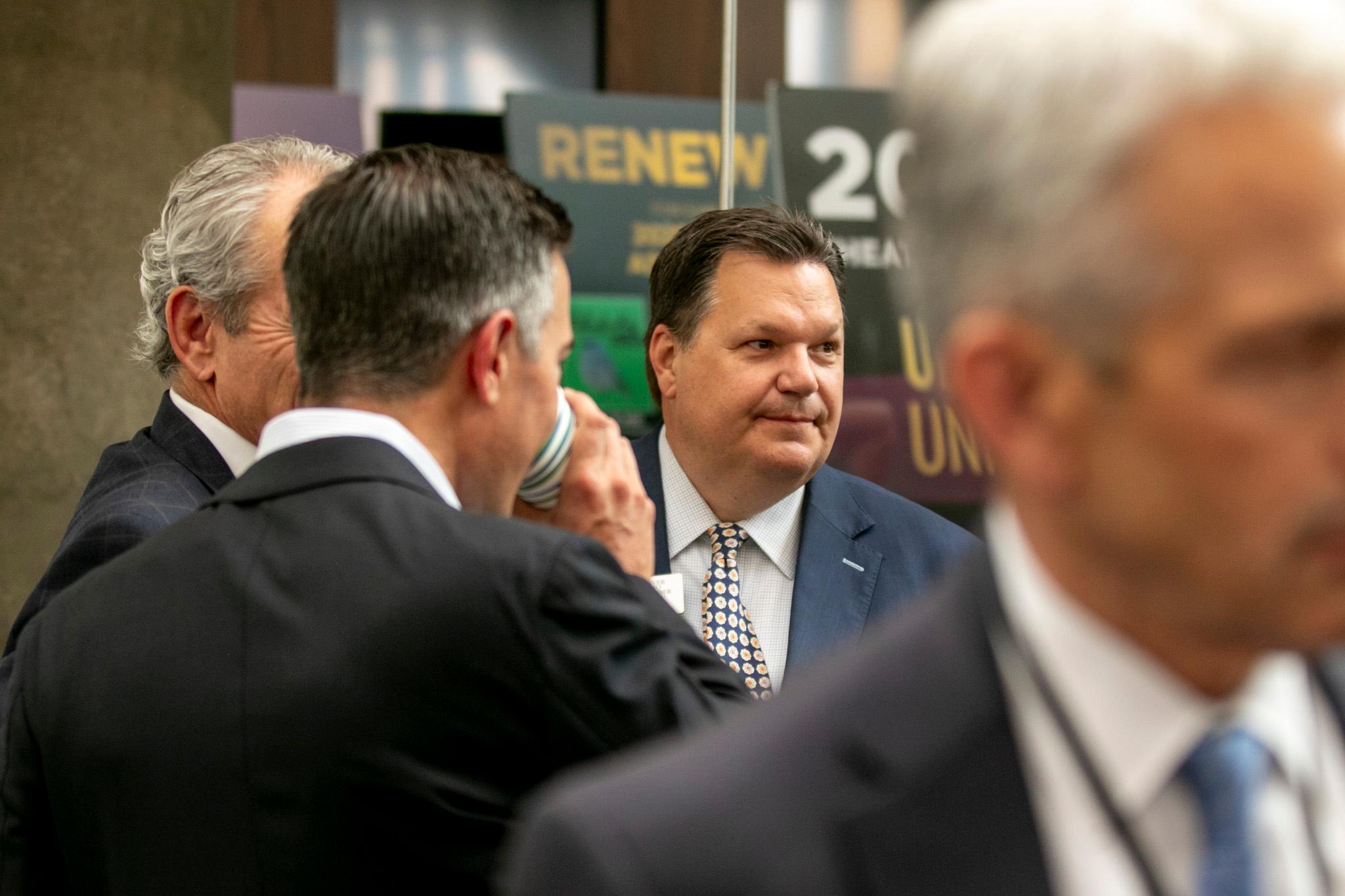
The Vibrant Denver bond package would fund nearly $1 billion in capital infrastructure projects across Denver with long-term debt.
The package is split into five different categories on the ballot — transportation and mobility, parks and recreation, health and human services, city infrastructure and facilities, and housing and shelter.
Ballot Issue 2D funds $244 million for city facilities, like libraries, cultural institutions and the animal shelter. The category’s biggest project is a $75 million training center for police, fire and sheriff’s trainees. Other major projects include building a new $20 million American Indian Cultural Embassy and $35 million in renovations to Red Rocks Park and Amphitheatre’s backstage.
Here’s the language you’ll see on your ballot:
Without imposing any new tax, shall City and County of Denver debt be increased $244,430,000 with a maximum repayment cost of $485,000,000, to be used for repairs and improvements to city infrastructure and facilities, including but not limited to:
- Critical infrastructure, improvements, and repairs to various art, cultural, library, and other city facilities, Including American Indian Cultural Embassy, Arie P. Taylor Senior Center, Bear Valley, Blair Caldwell African American Research Library and Museum, Decker, Green Valley Ranch Idealab, and Montbello branch libraries, Boettcher Concert Hall, Denver Art Museum, Denver Botanic Gardens, Denver Center for the Performing Arts, Denver Museum of Nature and Science, Denver Zoo, Loretto Heights Theater (parking), Red Rocks Amphitheater, and the 303 Artway Heritage Trail;
- Building a new first responder and public safety training center to increase safety and improve emergency and fire response;
- Renovation of and improvements to the Denver Animal Shelter to increase rescue services and care; and
- Building city facilities such as a library to be co-located with affordable housing options;
By the issuance and payment, or refinancing, of general obligation bonds, notes, or other obligations; and shall the taxes authorized at the city’s bond elections in 2007, 2017 and 2021 be extended and authorized to pay or refinance the debt authorized at this election in addition to the debt authorized at such prior elections; and shall city ad valorem property taxes be increased without limitation as to rate but not more than a combined extended maximum amount of $22,682,255 annually, with the city to publicly report such expenditures annually?
How would it work?
The 2D package includes about $244 million of debt for projects, which could accrue about $241 million in interest over several decades.
The biggest project in this package is a new $75 million training center for public safety employees.
“This project would seek to combine sheriff, fire, and police training needs into one facility, including greater efficiencies in training new recruits, the ability to host additional recruit classes, expand the number of trained public safety personnel, and to bring the training resources up to standard to remain regionally competitive,” a description of the center said.
About $35 million could go to Red Rocks, the Morrison-based concert venue owned and operated by the city of Denver. The money would be used to update its backstage, which isn’t compliant with accessibility standards and, according to the city, has been unable to support Red Rocks’ growth in popularity.
Other project highlights include $20 million for a new American Indian Cultural Embassy, $20 million for improvements to Boettcher Hall and $10 million for a Denver Animal Shelter renovation.
Many of the city’s cultural institutions, like the Denver Art Museum and Denver Botanic Gardens, would receive several million each to support maintenance and improvement projects. They are among the donors for the bond, pitching in tens of thousands of dollars to support the campaign.
But some institutions were left disappointed by the final package. The Denver Zoo Conservation Alliance’s asked for tens of millions for a proposed Latin America exhibit — but would only $3 million for deferred maintenance. The DZCA still endorsed the package.
Meanwhile, Clerk and Recorder Paul López criticized the mayor’s office for failing to include funding for a new elections facility, which he said is necessary.
Vibrant Denver would be funded by the city’s existing property tax rates. Denver property owners pay 6.5 mills of taxes to pay down the city’s bonds. If some or all of Vibrant Denver is rejected, the city would instead use that money to repay its existing debt faster.
For more information on the bond package and how it works, check out our main explainer.
Here's the complete list of projects it would fund:
Previous Denverite coverage of Ballot Measure 2D
Denver’s mayor proposed $800M of debt. Here’s how thousands of Denverites would spend it
How do you turn $6B of ideas into $800M of projects? Denver’s bond fight is heating up
What actually happens if voters reject the Vibrant Denver bond?
Denver plans $20M American Indian Cultural Embassy near sacred bison herds
Denver Zoo has capybara dreams for its closed section — and lots of competition for funding

